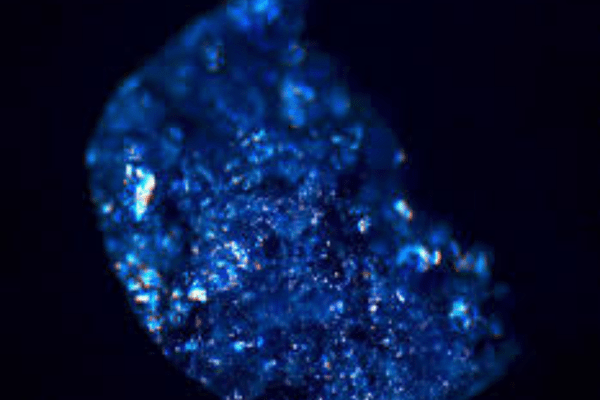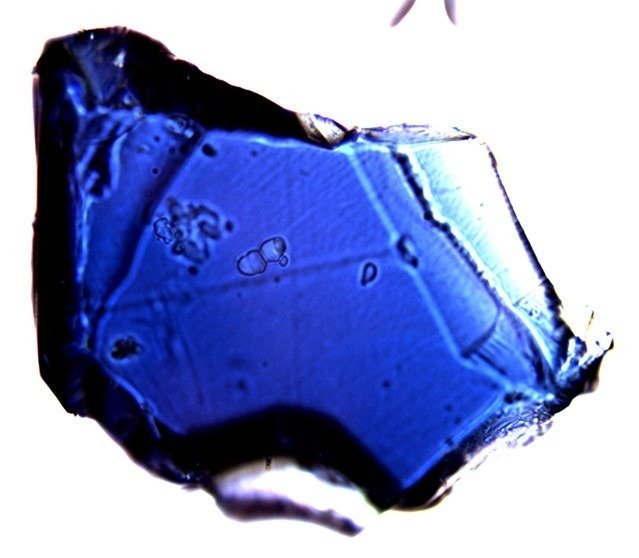Recent seismic studies have revealed the existence of a colossal subterranean ocean, challenging conventional theories about Earth’s water sources and cycles.
Discovery of the Subterranean Ocean:
- The existence of this underground ocean was confirmed through the study of seismic waves generated by earthquakes.
- These waves travel through the Earth’s interior and their speed can be affected by the presence of different materials, including water.
- By analyzing the speed of these waves, scientists can infer the composition of the Earth’s inner layers.
- In a paper “Dehydration melting at the top of the lower mantle,” researchers presented evidence of a high water storage capacity in the minerals of the Earth’s mantle transition zone, which ranges from 410 to 660 kilometers in depth.
- This zone could potentially host a deep water reservoir, leading to the possibility of dehydration melting: a process that could trap water within the Earth’s mantle.
Ringwoodite:
- Ringwoodite is a vivid blue mineral that exists in the Earth’s transition zone.
- It is a high-pressure phase of Mg2SiO4 (magnesium silicate) formed at high temperatures and pressures in the Earth’s mantle, typically between 525 and 660 kilometers depth.
- It is a water-rich mineral that can contain iron and hydrogen.
- It is polymorphous with the olivine phase forsterite, which is a magnesium iron silicate.
- It has a unique crystal structure that allows it to absorb water and hydrogen, acting like a sponge.
- It can hold a significant amount of water, and the discovery of hydrated ringwoodite samples supports the theory of a vast subterranean ocean.
- It was first identified in the Tenham meteorite in 1969.
- It is named after Australian earth scientist Alfred E. Ringwood, who studied polymorphic phase transitions in common mantle minerals such as olivine and pyroxene.
Ref:Source
| UPSC IAS Preparation Resources | |
| Current Affairs Analysis | Topperspedia |
| GS Shots | Simply Explained |
| Daily Flash Cards | Daily Quiz |


